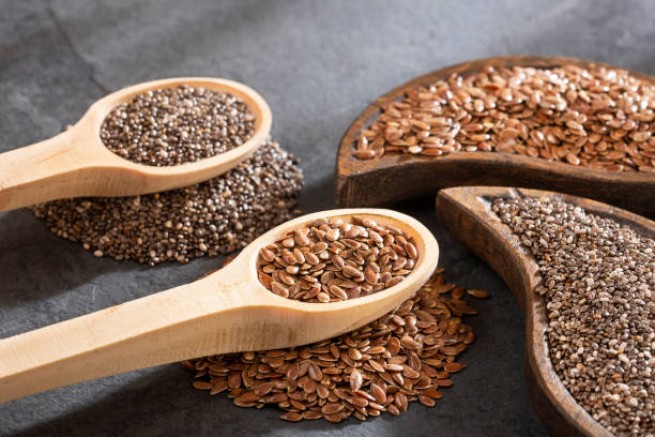The scientific journal Annals for Internal Medicine published the results of a recent study of the risk of diabetes among early risers and night owls.
Patients who are overweight or have polycystic ovary syndrome have a higher chance of developing diabetes. But how found out According to scientists from Harvard Medical School, night owls also have a high risk of developing type 2 diabetes.
That is, people who tend to fall asleep late are more likely to develop diabetes. writes Health, citing a published study, as they are more likely to lead an unhealthy lifestyle. And he reminds: the “night owl” category is a chronotype whose owners wake up late and go to bed late, and are most active in the afternoon. Their opposite is “larks”.
The research study included 63,676 nurses aged 45 to 62 years, and lasted from 2009 to 2017. According to his co-author Sina Kianersi, this is a small sample, so the findings should be used with caution.
At first, none of the women had cardiovascular disease, cancer or diabetes. Scientists conducted a survey of participants about their sleep patterns. Approximately 35% said they considered themselves early risers, while only 11% considered themselves night owls.
Women were asked to fill out a lifestyle questionnaire. It had to indicate such factors as alcohol consumption, body mass index, level of physical activity, smoking, dieting, sleep duration.
Based on the data obtained, the researchers found that night owls led a less healthy lifestyle. They were more likely to smoke, have unbalanced sleep, have a higher body mass index, and rarely exercise. Sina Kianersi notes:
“The risk of developing diabetes in night owls increases by 72%. This is quite significant when compared to early morning people.”
But after the researchers took into account the unhealthy lifestyles of study participants, the risk for chronotype overall dropped to 19%.
Health notes that one reason night owls are at increased risk of diabetes may be that their body clocks are out of sync with their daily schedule. But the risk can be significantly reduced if you say goodbye to bad habits. The publication notes:
“This would mean aiming for at least 150 minutes of moderate to vigorous physical activity weekly, eating a nutritious diet, getting 7 to 9 hours of sleep each night, reducing tobacco and alcohol consumption, and maintaining a healthy weight.”







More Stories
Where will Greeks go for Easter: the best domestic and foreign destinations
Fine 1200 euros for the bad habit of Greeks at Easter, who is at risk
UK: human trial of melanoma vaccine started